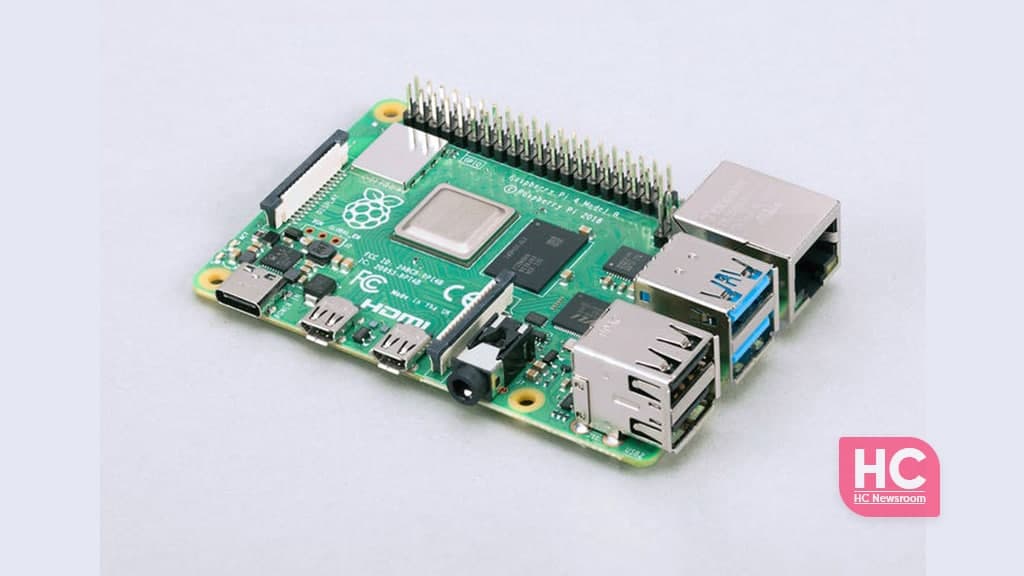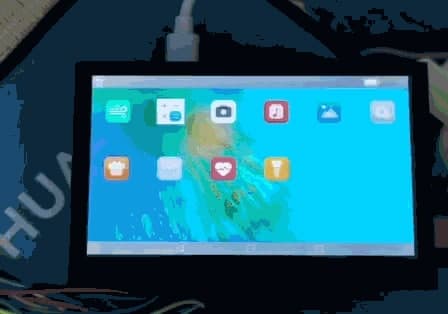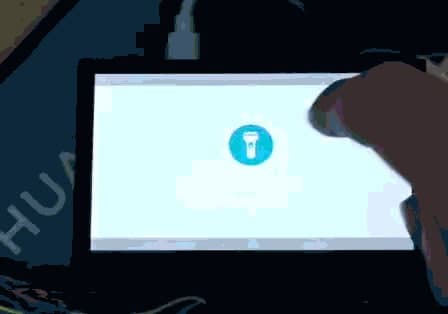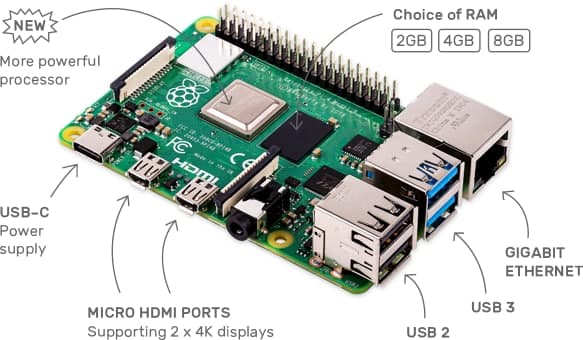HarmonyOS
Here’s the Raspberry Pi running open source HarmonyOS 3.0

At Huawei Developer Conference 2021, the Chinese tech maker announced the first developer preview of HarmonyOS 3.0. However, it’ll only start public testing in the first quarter of 2022. Before HarmonyOS 3.0 enter the public domain, there’s an interesting device platform that has been caught running this operating system and it’s known as Raspberry Pi.
According to the information, a Raspberry Pi 4B device has been spotted running HarmonyOS 3.0 open source version. However, there are only two actions that have been tested during the runtime including the display of the user interface and touch interactions.
Still, this is a very big achievement for the OpenHarmony 3.0 project adaptation and brings a lot of possibilities for the platform.


OpenHarmony 3.0
Last year, Huawei donated HarmonyOS operating system to Open Atom Foundation, which takes contribution code from other developers from the open-source community.
OpenHarmony is positioned as an open-source distributed operating system of HarmonyOS. Each manufacturer can obtain code from the “Open Atom Open Source Foundation” on an equal footing, and make products according to different business requirements.
OpenHarmony creatively proposed the concept of adapting multiple devices based on the same set of system capabilities and supports interactions with multiple devices. The first software version supports 128Kb-128Mb memory platforms. However, this memory limit has now exceeded over 8GB.
Flashing Raspberry Pi with open-source HarmonyOS:
Using open source HarmonyOS on Raspberry Pi wasn’t difficult. The user directly uses the Raspberry Pi Linux rpi-5.10.y kernel and then compiles the OpenHarmony 3.0 file system to supplement the missing files in Linux.
Currently, OHOS seems to adopt the kernel > DRM > libdrm > wayland > weston model, so the DRM of the Raspberry Pi is normal, and the ecology of the Raspberry Pi is relatively open, and the information is easy to obtain, so overall it is not too difficult, just The root file system of OHOS uses Toybox, which is not friendly to most tools.
Raspberry Pi:
The Raspberry Pi is a low-cost, credit-card-sized computer that plugs into a computer monitor or TV, and uses a standard keyboard and mouse. It is a capable little device that enables people of all ages to explore computing and to learn how to program in languages like Scratch and Python.

Here are the specifications of Raspberry Pi 4B:
- Broadcom BCM2711, Quad-core Cortex-A72 (ARM v8) 64-bit SoC @ 1.5GHz
- 2GB, 4GB or 8GB LPDDR4-3200 SDRAM (depending on model)
- 2.4 GHz and 5.0 GHz IEEE 802.11ac wireless, Bluetooth 5.0, BLE
- Gigabit Ethernet
- 2 USB 3.0 ports; 2 USB 2.0 ports.
- Raspberry Pi standard 40 pin GPIO header (fully backward compatible with previous boards)
- 2 × micro-HDMI ports (up to 4kp60 supported)
- 2-lane MIPI DSI display port
- 2-lane MIPI CSI camera port
- 4-pole stereo audio and composite video port
- H.265 (4kp60 decode), H264 (1080p60 decode, 1080p30 encode)
- OpenGL ES 3.1, Vulkan 1.0
- Micro-SD card slot for loading operating system and data storage
- 5V DC via USB-C connector (minimum 3A)
- 5V DC via GPIO header (minimum 3A)
- Power over Ethernet (PoE) enabled (requires separate PoE HAT)
- Operating temperature: 0 – 50 degrees C ambient






